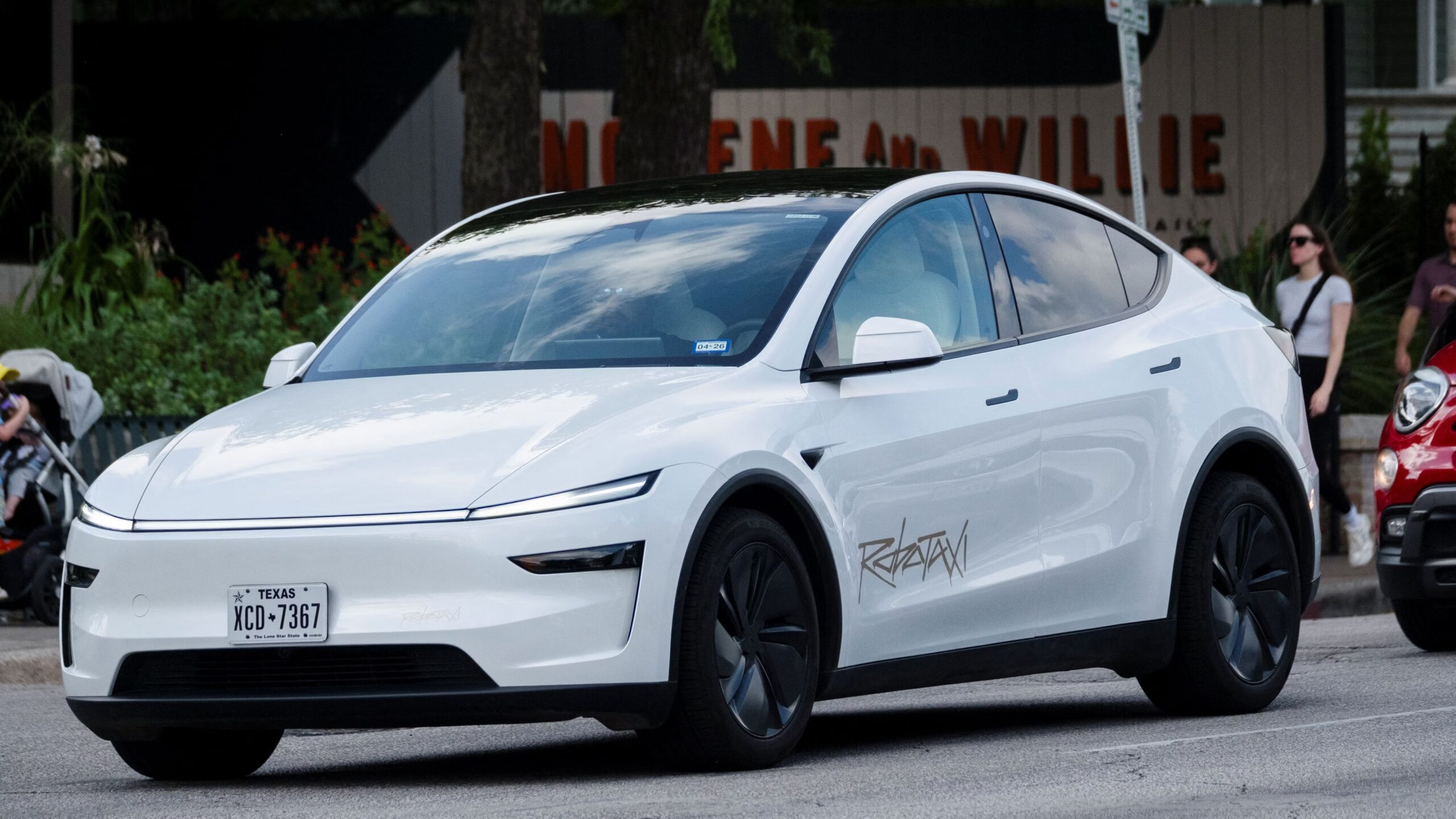
The U.S. National Highway Traffic Safety Administration (NHTSA) has reached out to Tesla following social media videos that appear to show the company’s newly launched robotaxis breaking traffic laws.
Tesla’s robotaxis, which CEO Elon Musk has described as crucial to the company’s future, were first tested on public roads in Austin, Texas, last Sunday. Videos circulating online reveal instances of erratic driving, despite a safety driver being present in the passenger seat.
In an official statement, the NHTSA said it is “aware of the referenced incidents and is in contact with the manufacturer to gather additional information.” Tesla has yet to comment.
Launch Details and Social Media Backlash
Sunday’s launch was low-key, with a small group of invited analysts, influencers, and shareholders taking paid rides in 12 robotaxis. Musk praised Tesla’s AI and chip teams on social media, calling the launch the “culmination of a decade of hard work.”
However, footage posted online indicates the vehicles faced challenges with real-world driving. One video shows a robotaxi abruptly stopping while passing a parked police car. Other clips depict the vehicles speeding and drifting into incorrect lanes.
Tesla has stated that the robotaxis will not operate in poor weather, attempt difficult intersections, or transport passengers under 18.
Industry Context and Tesla’s Unique Approach
Tesla’s small-scale rollout highlights how much progress is still needed to match competitors like Waymo and Amazon’s Zoox, which already offer self-driving taxi services in Austin, San Francisco, and Phoenix.
Globally, fully autonomous cars have covered millions of miles on public roads in places such as China, the UAE, and Singapore. Ongoing investigations continue into how their safety compares to human drivers.
Unlike many rivals who use radar and sensors, Tesla relies mainly on in-car cameras for autonomous driving. The company believes this method will be less costly and ultimately more appealing to consumers.
The NHTSA emphasized that it “does not pre-approve new technologies or vehicle systems.” Instead, manufacturers certify compliance with strict safety standards. The agency investigates any incidents that suggest potential safety defects.
What The Author Thinks
The NHTSA’s intervention underscores the challenges Tesla faces in deploying truly safe and reliable robotaxis. While the company’s camera-focused approach might reduce costs, safety and performance can’t be compromised in the race for market leadership. Early public footage showing erratic behavior highlights the need for cautious, transparent development before mass deployment. Tesla must prioritize safety to earn public trust in its ambitious robotaxi vision.
Featured image credit: Vitya_maly via GoodFon
For more stories like it, click the +Follow button at the top of this page to follow us.
